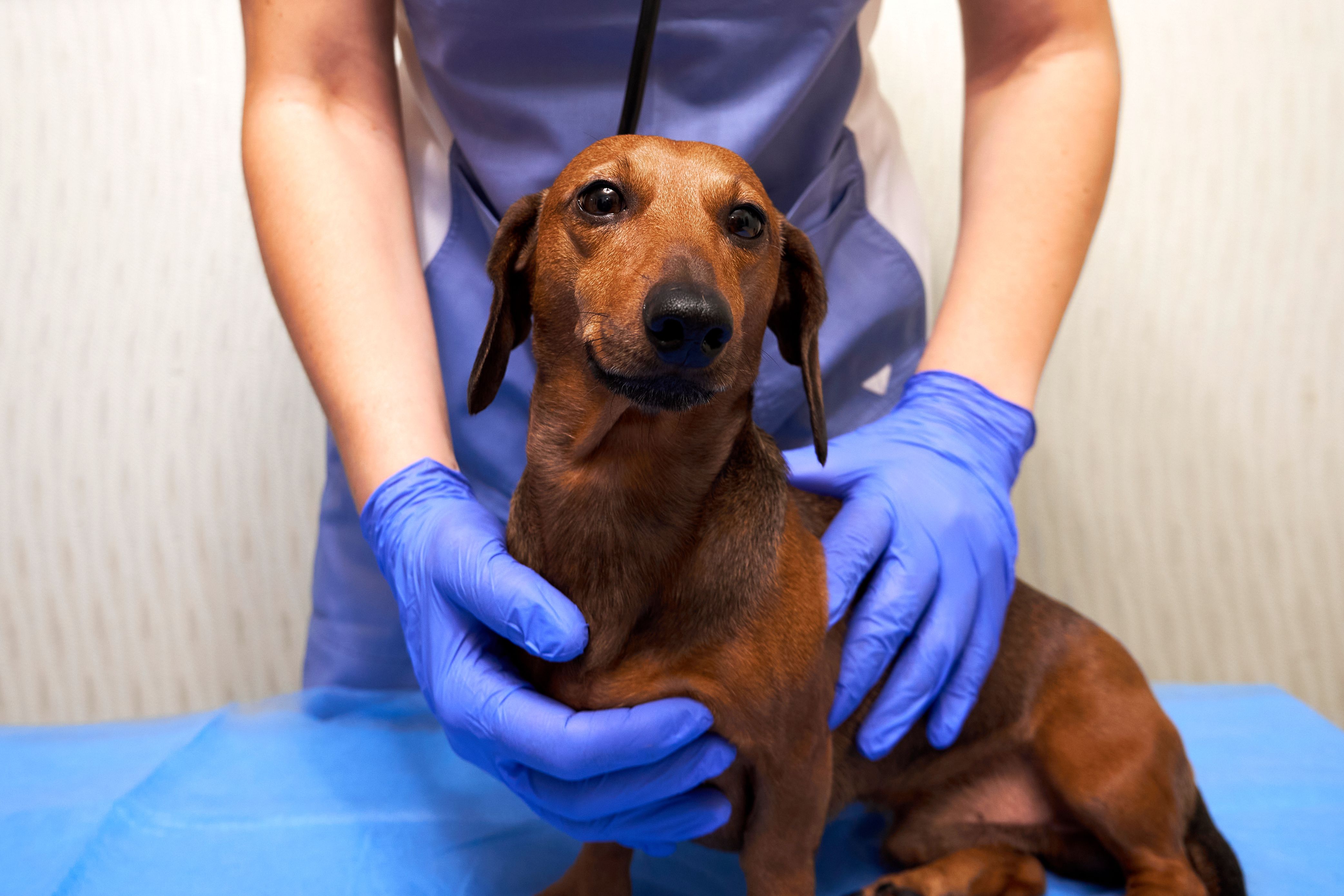Making the skin and gut connection
Evaluating pets' gastrointestinal health is beneficial to veterinary dermatologists and their patients
The connection between gastrointestinal (GI) health and skin health and how it can enhance veterinary dermatology treatment measures was discussed during a lecture at the 2022 American Veterinary Medical Association (AVMA) convention in Philadelphia, Pennsylvania. Presenter Meghan K Solc, DVM, DACVD, associate, Dermatology for Animals in Akron, Ohio, said she often asks clients about their pet’s bowel movements and encourages them to be vigilant of their behaviors when it comes to defecating so they can spot abnormalities.
In her talk, she further explained how being informed of a pet’s gastrointestinal health can be beneficial for dermatologists, and provided tips related to the topic.
Fecal scoring charts
Solc described the importance of utilizing a fecal scoring chart when incorporating dermatologic therapies and food trials and educating clients on this useful tool.
“As a dermatologist, we actually have these fecal scoring charts in every appointment room. In the clinic, I get people to take pictures of these charts, I say, ‘Take a picture, I want you to tell me what score the [fecal matter] is, as we go forward with drug therapy, with diet changes, all of those things are really helpful,’” she said. “I remember having this fecal scoring chart way back when, it always just sat in the corner somewhere as it collected dust. But it's really come back into fashion… and these things have been around for quite a long time. So, get it out of the woodwork.”
It’s also key to stay consistent with a fecal scoring chart and ensure clients are referring to the same one as their veterinary practice. “When somebody calls in and says [the feces] is a 2 to 3 out of whatever, then you know what they're talking about, so they're not referring to some other fecal scoring chart and you're like, ‘oh, that's actually really bad,’” added Solc.
Abnormal behaviors
Along with analyzing the appearance of the bowel movement, Solc advised attendees to ask their clients how often a day their dog defecates. She said that 2 to 3 times a day is normal, and if they “go” any more or less than this, this can indicate abnormalities that can influence your treatment plans. Additionally, attendees were advised to ask clients if their pet engages in any abnormal behaviors after they defecate, such as scooting.
“When we think about a dog that ‘goes’ multiple times a day or has looser bowel movements, they may scoot because their anal glands are not emptying as well as they should. They could have perianal pruritis, or they could have issues towards their hind end. They're licking back there because they have diarrhea all over them. Overall, scooting is important to sort of lump in with that fecal score, evaluation, and discussion,” said Solc.
Anal gland expressions as part of dermatologic exam
Solc said it can be beneficial to perform anal gland expressions during a dermatologic exam. “When you do your rectal exam, we want to be able to understand the anatomy and feeling the duct feeling with the anal sac, assessing for abnormalities. And for these cases, when you're doing a rectal exam or looking for masses, or looking for things or abnormalities with anatomy, if the duct is folded over in a more obese dog, [for example], it's not going to empty as well as it normally should. So that's going to allow you to make certain recommendations and push them in one direction versus the other,” she advised.
It is also useful for veterinary dermatologists to familiarize themselves with doing anal gland expressions and understanding what is normal, according to Solc. “[Whether it’s] knowing what's normal on an ear, [or] knowing what's normal in a rectal exam, then we know what to look for, or we know if there's something different that’s a red flag,” she said. “If you haven't done a lot of anal gland expressions, I think it's worth getting back into occasionally, to make sure, ‘Okay, we know what to feel for.’ And sometimes I close my eyes, and that's helpful too.”
Anal gland cytology
Although anal gland cytology isn’t entirely foolproof, Solc explained it’s something that she does in practice. She noted that if you look at publications on anal gland expressions, there is no “hard-and-fast” rule clarifying what is normal versus abnormal, therefore, cytology can help you determine this.
“I'm not saying [anal gland cytology] has to be a full diagnostic test that is going to make or break you. But… this is going to be helpful in determining if there is something awry,” Solc said.
“I look at [the fecal matter] underneath the microscope, and this is going to be a quick look, it doesn't have to be anything fancy… it's just looking for abnormalities. So, what we're looking for are white blood cells or inflammation… We know there's going to be bacteria there, we know that there's going to be all these things there, and that's not surprising. But if we see intracellular bacteria, or if we see, certain things that will be trapped within those white blood cells, that's a bit of a red flag… but if we see squamous cells, melanin, or yeast, a bunch of those things are normal,” she said.
Solc added that if there is something abnormal, this may then prompt veterinarians to treat the underlying inflammation or empty the anal sacs a bit more frequently when first dealing with inflammation. If you see less and less inflammation as a result, you’re on the right track.
Reference
Solc MK. The skin/gut connection: why a patient’s fecal score matters to a veterinary dermatologist. Presented at: American Veterinary Medical Association Convention; July 29-August 2, 2022; Philadelphia, Pennsylvania.
